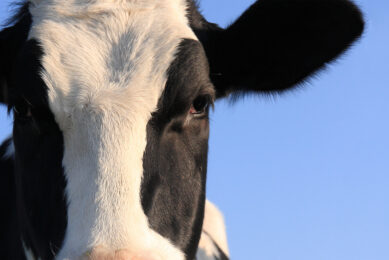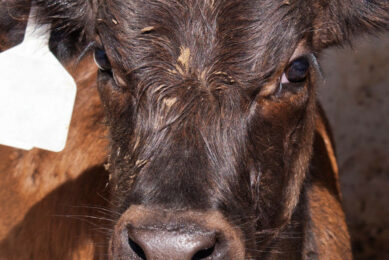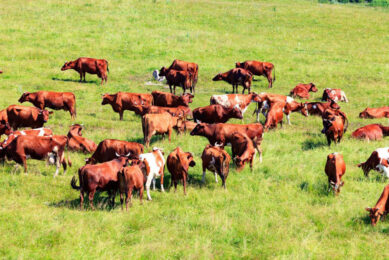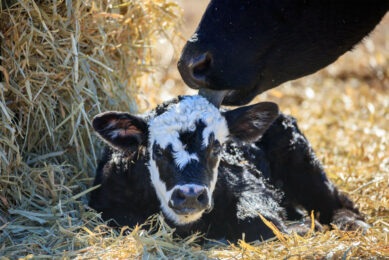Avoiding a twin pregnancy in dairy cows
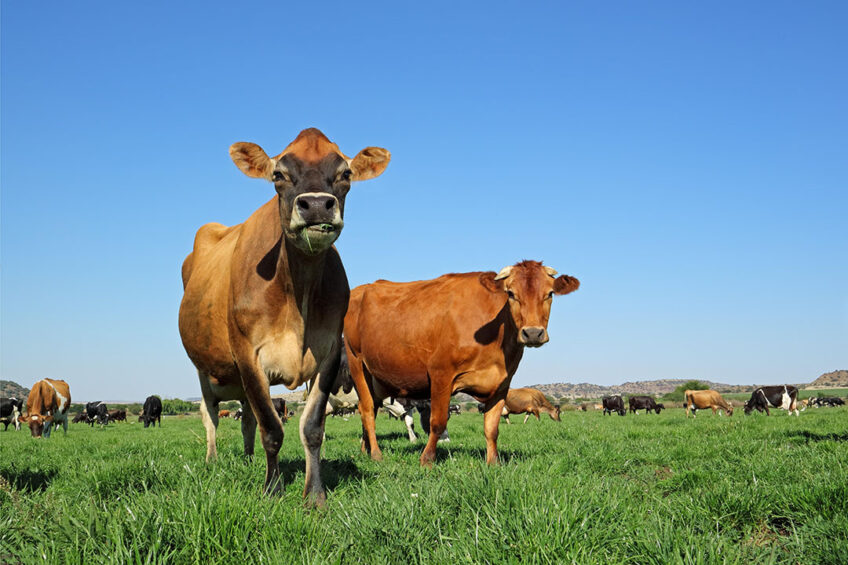
A new study shows the transfer of a single frozen-thawed in vitro-produced (IVP) embryo to a non-inseminated cow prevents twin pregnancies without compromising fertility.
As opposed to beef production that see twinning as a desirable trait that enhances profitability by increasing weaned calf weight produced per cow, twinning in dairy cattle is an undesirable trait that reduces the overall profitability of a dairy operation through negative effects on cows calving twins as well as on calves born as twins. The main risk factors for twinning include genetics, season, parity, ovulation rate, and milk production.
Causes of twin pregnancy
Previous studies indicate that cow factors, such as lactation number and previous twinning, as well as environmental factors, such as photoperiod and season and management related to synchronisation protocols, significantly affect the incidence of twin pregnancies. It is reported that the oestrus synchronisation protocol used before artificial insemination influences the twin pregnancy rate, whereas the likelihood of twin pregnancy increases with parity; older cows are more likely to deliver twins and experience double ovulation.
On the other hand, cows that have delivered twins in the previous calving show an increased risk of having twin pregnancies. Considering seasonal changes, studies show that cows inseminated during the cold season are more likely to conceive twins. Some studies explain how expedited liver metabolism and hormonal clearance in high-producing dairy cows are linked to impaired follicular development favouring follicular codominance and double ovulation.
Twin pregnancy on reproduction
Researchers report that cows calving twins are at greater risk for many reproductive disorders, including retained placenta, dystocia, and metritis, as well as metabolic disorders, including displaced abomasum, and ketosis. Not surprisingly, cows calving twins are culled at a greater rate than non-twinning herd mates.
The incidence of abortion, stillbirth, neonatal calf mortality, and reduced birth weight are greater among twins than singleton calves, probably due to decreased gestation length and increased incidence of dystocia among cows calving twins. Most studies today agree that twin pregnancies are undesirable in a dairy herd, and any anticipated benefits of twin calving are insufficient to outweigh the undesirable effects.
Economics of twin pregnancies
Twinning in dairy cattle is undesirable due to negative effects on both cows that calve twins and calves born as twins, which result in economic losses to dairy farms. Although a twin pregnancy could bring additional income from extra calves and it could shorten gestation length, twinning compromises milk production, increases the incidence of dystocia and perinatal mortality, decreases calf birth weight, increases the incidence of metabolic diseases, decreases fertility, increases overall culling risks, and shortens the productive lifespan of cows.
Based on multiple economic analyses that were conducted by numerous researchers, economic losses due to twinning are estimated to range between US$59 to US$161 per twin pregnancy. However, management options such as manual embryo reduction decrease the economic losses of twin pregnancy. Research on twinning that has classified twin pregnancy based on embryo location within the uterine horns reports that economic losses are greater for unilateral than for bilateral twins.
Frozen-thawed IVP
In the current study published in Reproduction in Domestic Animals journal, the transfer of a single frozen-thawed in vitro-produced (IVP) embryo prevented twin pregnancy without reducing the fertility of the cow. It is reported that the transfer of frozen-thawed IVP embryos rather than fresh embryos can make the process easier under on-farm conditions.
In this study, fresh IVP embryos were first assessed morphologically according to International Embryo Transfer Society (IETS) guidelines and then slowly frozen in 1.5 M ethylene glycol containing 0.1 M sucrose; the results were compared to a normal artificial insemination (AI) procedure.
Most studies show that energy demands during gestation might be 50-70% greater for cows carrying twins when compared to singletons…
The results showed pregnancy being recorded in 235 of the 596 cows (39.4%), of which 28 out of the 235 (11.9%) suffered pregnancy loss. Twin pregnancy was recorded in 16% of the AI pregnant cows (28/175), whereas no IVP cows had twins (0/60). The use of frozen-thawed IVP embryos proved valuable in avoiding the risk of twin pregnancies without compromising fertility; IVP also improved the pregnancy rate in repeat breeder cows.
The researchers concluded that their results reinforce previous findings that showed similar results when comparing the use of frozen IVP embryos and AI.
Mitigate the negative effects of twinning
Some studies report management interventions such as pregnancy termination, selective reduction, and nutritional management during the transition period to aid in reducing the incidence of twin pregnancy.
Pregnancy termination
One method for dramatically reducing or eliminating twinning in a dairy herd is to identify cows carrying twins and induce pregnancy loss by the administration of a luteolytic agent such as prostaglandin F2α. However, the negative side of pregnancy termination is that because the incidence of twinning increases with increasing milk production, cows that are carrying twins are often the highest-producing cows in the herd that incur the greatest economic loss associated with pregnancy loss.
On the other hand, this might not be a sustainable solution, although estimates for heritability and repeatability for twinning in dairy cows are low, a prior incidence of twinning is a risk factor for subsequent twin births.
Selective reduction
Selective embryo reduction early during gestation has been used to mitigate the potentially dangerous maternal effects of multiple births. Studies show that embryo reduction by manual amnion rupture, followed by progesterone treatment, does not experience an additional risk of pregnancy loss for unilateral twin pregnancies, whereas it increases the risk of pregnancy loss in bilateral twin pregnancies.
Nutritional management during the transition period
Most studies show that energy demands during gestation might be 50-70% greater for cows carrying twins when compared to singletons, yet cows carrying twins have less prepartum DMI than herd mates carrying singletons. In addition, cows carrying twins have a decreased gestation length and therefore are less likely to experience a full 3-week exposure to a close-up diet during the dry period. Thus, the feeding management strategies may offer an opportunity to mitigate the negative effects of twinning in dairy cattle.
Conclusion
The use of frozen-thawed IVP embryos proves valuable in avoiding the risk of twin pregnancies without negatively influencing fertility. Management strategies such as embryo reduction decrease the economic losses of twin pregnancy.
*Based on the original article by Fernando López-Gatius, Roger J. Palacín-Chauri, and Irina Garcia-Ispierto. 2023. Direct transfer of a single frozen-thawed in vitro-produced embryo to avoid twin pregnancy in dairy cows.
Join 13,000+ subscribers
Subscribe to our newsletter to stay updated about all the need-to-know content in the dairy sector, two times a week.



